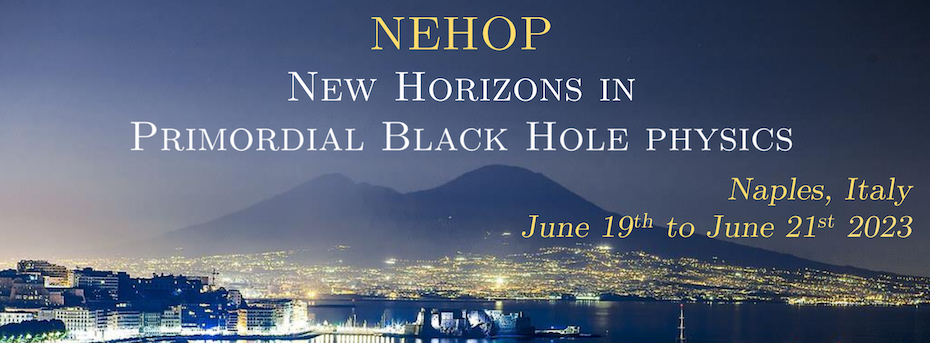Conveners
Session 12
- Chair: Jessica Turner
We show that primordial near-extremal charged black holes with a wide range of masses from the Planck scale to around 10^9 grams could be cosmologically stable and provide a viable explanation for dark matter. The near-extremal charged black holes can carry either the Standard Model magnetic charges or other dark gauge charges. Several observational methods including the merger events of...
We consider a cosmological scenario in which the very early Universe experienced a transient epoch of matter domination due to the formation of a large population of primordial black holes (PBHs) with masses $M \leq 10^9~{\rm g}$, that evaporate before Big Bang nucleosynthesis. In this context, Hawking radiation would be a non-thermal mechanism to produce a cosmic background of axion-like...
The origin of our universe's cosmological magnetic fields remains a mystery. In this study, we consider whether these magnetic fields could have been generated in the early universe by a population of charged, spinning primordial black holes. To this end, we calculate the strength and correlation length of the magnetic fields generated by this population, and describe their evolution up to the...
Among mechanisms for generating the baryon asymmetry of the universe, leptogenesis is attractive since it simultaneously explains the small neutrino masses via the seesaw mechanism. Experiments offer some valuable constraints, but the parameter space of even minimal leptogenesis models are high-dimensional and difficult to probe directly. However considering a simple and well studied...

